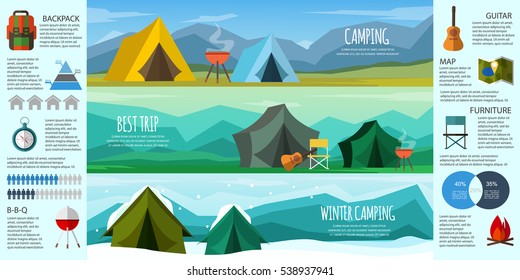The conelike shape of a bell camping tent makes it among one of the most effective sanctuary designs in history. Known by numerous names, including the Tipi, Friend, Goahti, Lavvu, or Nentsi, these single-pole cotton canvas tents were made with usefulness in mind.
What is the lightest 3 person tent?
Their simpleness and simplicity of setting up made them optimal for societies on the move. This exact same performance caught the eye of leisure campers, who soon incorporated short walls to create a classic tent design that we now know as the Bell Outdoor tents.
Beginnings
Bell camping tents are an attempted and checked type of immediate accommodation. Their roomy interiors and practical design-- they are sturdy, very easy to establish and can hold up against solid winds because of their famous bell shape-- have made them a popular choice for outdoor camping and glamping.
The modern-day bell outdoor tents traces its origins back to a 19th century armed forces camping tent developed by Henry Sibley. He adapted the design of the American Indian tipi to develop his one-of-a-kind outdoor tents which was after that embraced by the military for usage in armed forces camps and expeditions.
The principles of this tent-- sturdy and challenging canvas supplying a home-away-from-home for visitors-- have been fine-tuned over time to accommodate the demands of modern campers. For example, modern glamping tents offer services such as carpets and beds to enhance the comfort of campers. These features additionally assist to maintain the honesty of the initial style and safeguard against the elements.
Military Usage
In the 19th century, bell outdoors tents were first made use of as army area sanctuaries. They were a preferred choice due to the fact that they were durable, large, and simple to set up. Today, these camping tents are prominent among campers and glampers for their stylish and practical layout.
They are additionally commonly used in armed forces and rescue procedures, where fast implementation is key. Their simple structure means that they can be established in a brief amount of time, giving personnel even more time to concentrate on the mission at hand.
The bell outdoor tents is typically made from a durable and weatherproof canvas, with a centre post that's sustained by a series of pegs. Duration prints show that these outdoors tents were formed more like a cone than a squat framework, and the walls were small in regard to the elevation of the center post. This enabled them to endure wind and rainfall. They were typically used by the ANZAC soldiers on their expeditions across Europe and Gallipoli.
Glamping
Glamping is a modern-day outside leisure activity that has actually ended up being increasingly preferred. People from all profession are searching for a means to delight in the open airs in comfort and design. Whether it's a romantic escape or a household camping journey, canvas glamping tent a good quality outdoor tents can make all the difference.
A bell outdoor tents's round shape helps with stability in gusty conditions, while its large inside can fit many people. It is additionally easy to establish, requiring just a main pole and a conelike canvas roofing system that resolves into a vast base.
The bell tent was developed by Henry Hopkins Sibley, an US Military soldier who offered on the Texas frontier in the 1850s. He took ideas from tipis he saw, and established a layout that was durable and easily portable. His tent was patented in 1856.
Contemporary Use
Today, bell camping tents are a staple in store camping websites, festival lodgings, and as classy outside sanctuaries for weddings or hideaways. Their stylish, ageless designs blend practice with modernity, making them a preferred amongst those looking for distinct and comfy lodgings that are both visually enticing and surprisingly simple to establish.
The modern bell camping tent traces its beginnings back to traditional camping tents made use of by nomadic tribes in Northern Europe, however experienced its prime time around the 19th century when canvas replaced animal hides as the main product. This change, combined with a functional layout that prioritizes headroom, saw the appearance of a popular armed forces area sanctuary and, later on, the renowned camping tent we understand as the bell.
In the 1850s, a United States Army soldier named Henry Hopkins Sibley produced the initial modern bell camping tent. Attracting ideas from the tipis he had seen on the Texas frontier, his new camping tent used a solitary main pole and vents to create a structure that was both long lasting and conveniently mobile.
How do you dry a tent fast?
